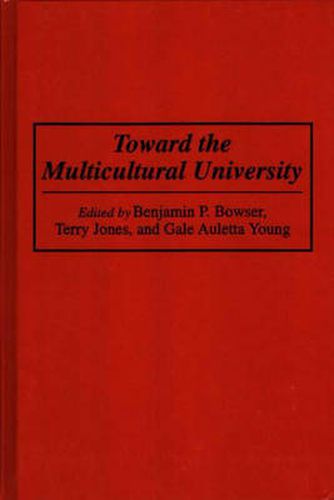Readings Newsletter
Become a Readings Member to make your shopping experience even easier.
Sign in or sign up for free!
You’re not far away from qualifying for FREE standard shipping within Australia
You’ve qualified for FREE standard shipping within Australia
The cart is loading…






This book moves the controversy over multiculturalism in higher education from primarily an ideological debate to practical and concrete considerations. The first part outlines the demographic and historic realities that will make some form of multicultural education necessary in the coming century. The second part provides examples of how selective aspects of North American co-cultures (e.g., Native American and Puerto Rican) could be central to reforming curriculum and instruction. The final part provides practical and concrete suggestions and proposals for how to improve teaching, administration, and student outcomes in higher education by making them domestically and internationally multicultural. It becomes apparent that the need for greater multiculturalism is part of a long history of higher education in the United States as it has responded to cultural and social change, and that there is no inherent reason why the university community cannot include in its core organization and mission the wisdom of multiple cultures-European, African, Native American, and Asian.
$9.00 standard shipping within Australia
FREE standard shipping within Australia for orders over $100.00
Express & International shipping calculated at checkout
This book moves the controversy over multiculturalism in higher education from primarily an ideological debate to practical and concrete considerations. The first part outlines the demographic and historic realities that will make some form of multicultural education necessary in the coming century. The second part provides examples of how selective aspects of North American co-cultures (e.g., Native American and Puerto Rican) could be central to reforming curriculum and instruction. The final part provides practical and concrete suggestions and proposals for how to improve teaching, administration, and student outcomes in higher education by making them domestically and internationally multicultural. It becomes apparent that the need for greater multiculturalism is part of a long history of higher education in the United States as it has responded to cultural and social change, and that there is no inherent reason why the university community cannot include in its core organization and mission the wisdom of multiple cultures-European, African, Native American, and Asian.